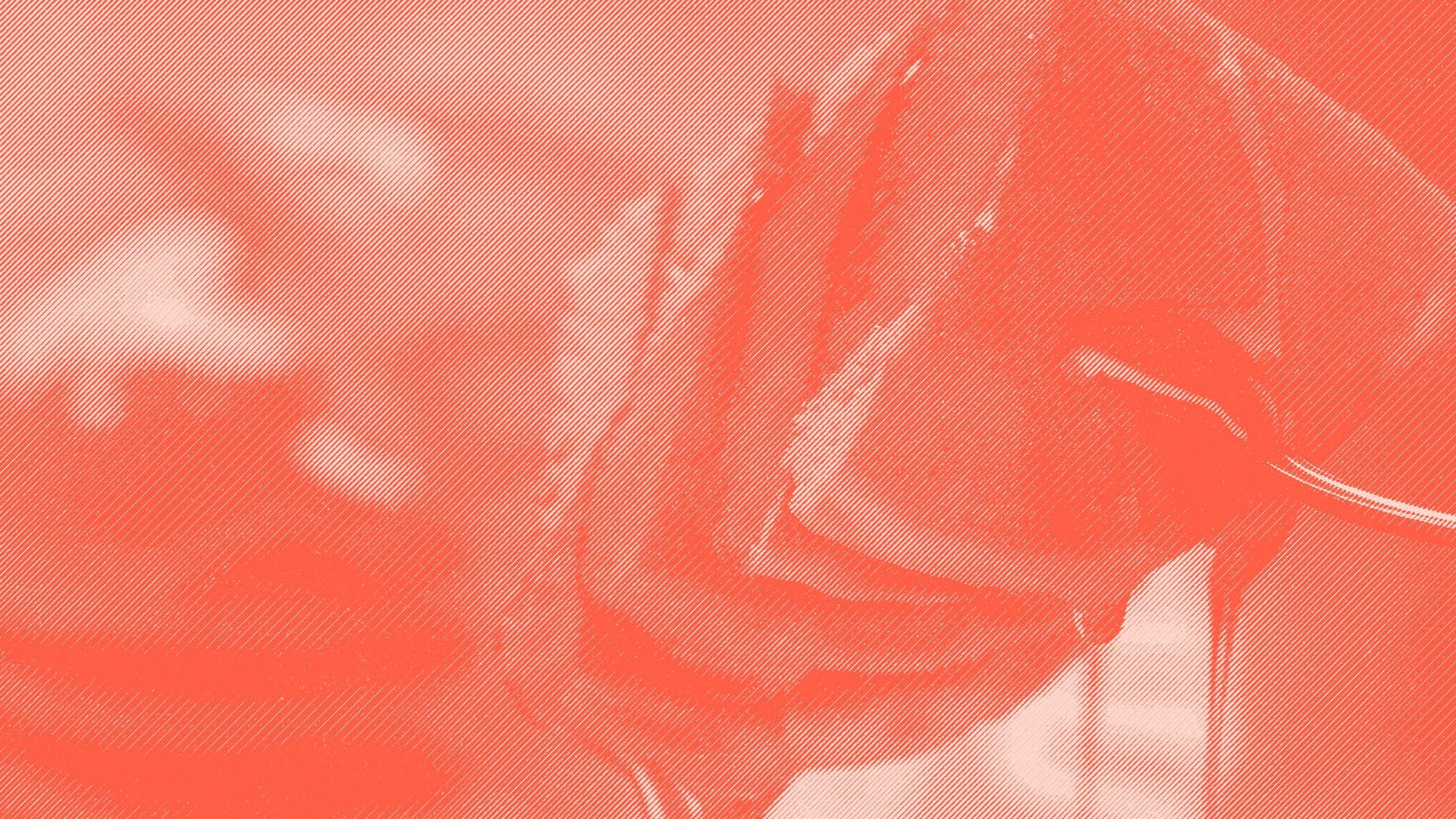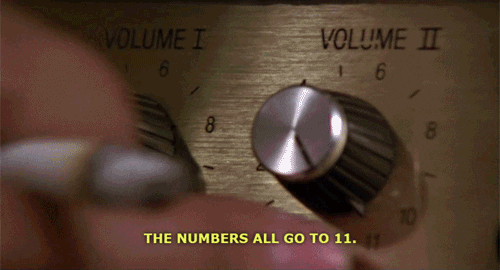Offchain: A Half of the Whole

So, here we are again. The Bitcoin block reward is about to halve, reducing the amount of new BTC entering the system each block from 6.25 to 3.125.
Let me say upfront that the Halving is simultaneously the most important day in the crypto calendar and its most meaningless. Important because the impact on the economic landscape of a 50% reduction in supply is profound. Meaningless because it’s scheduled so far in advance that you may as well be saying, “Yes, Tuesday is an important day because on Tuesday I eat pancakes.”
The three previous Halvings occurred against a backdrop of anxiety and malaise. In both 2012 and 2016, Bitcoin felt precariously positioned, internally contested and unloved by the world at large. Push it too hard in any given direction and it could simply collapse. In 2020, it was the world that felt on edge. What impact could the Halving possibly have against the backdrop of the biggest global catastrophe since the Second World War?
History, obviously, showed the error of such thinking.
This time, though. This time we’re literally at Bitcoin’s highest ebb. Even after the bloodshed of the last few days, we’re still hovering close to the last bull market’s all-time high. Are we already pushing the limits of what’s possible? Or does this mean the party’s just getting started?

Playing the short game
It’s hard to overstate exactly how weird the Bitcoin Halving is in a financial sense. Finance is, broadly speaking, an exercise in trying to exert control over the ineffable chaos produced when millions of humans act in unpredictable and/or very stupid ways. That’s why navigating the markets can feel like trying to ride an angry bull through an overladen display of priceless Ming pottery in the middle of an earthquake.
But the Halving is more predictable than the Olympics. Barring anything truly unforeseen, we have the schedule basically set all the way to 2140. Whereas most finance is reactive, the Halving is something you can position yourself for literally from the moment the previous Halving occurs.
With the outcome pre-ordained, the Halving itself becomes a high-octane exercise in 4-dimensional chess. Everyone has access to exactly the same information, so all you can do from a trading perspective is try to out-think your opponents. “Supply is going down, so price should go up. But everyone knows that, so price should go down. But everyone is going to want to play that angle, so price should go up. But the market punishes certainty, so price should go sideways...”
Just remember: no-one’s forcing you to trade anything, and as a general rule the more people are talking about something, the worse the opportunity actually is.
But what does it actually mean?
But there’s no denying that this time feels different. The world is in an uncertain place and macroeconomic conditions are far from settled. Yet Bitcoin is stronger than ever, buoyed by the arrival of the US ETFs and the billions in new investment that they’ve already unlocked. For the first time in its history, Bitcoin doesn’t feel imperilled. It’s hard not to be optimistic about what that 50% reduction could mean for BTC and crypto at large over the next couple of years.
With that said, I’ve never been entirely convinced by the Plan Bs of the world, with their cosy certainty that the extreme predictability of the Halving means you can also easily predict the outcome. (And his predictions for this bull market are basically the same prices he was confidently calling for in 2021.)
Predictions are fun, but ultimately meaningless. Take them too seriously and you stop paying attention to what’s actually happening, so you position at the wrong time and take too long to exit when the frenzy is at its peak.
The lesson here is not so much about whether the price is definitely going to go up or down or sideways, but more to remind us that Bitcoin is still young and even four years is a short timeframe in the annals of finance. (Gold, for instance, has been riding its own bull market since 1971.) And while the Halving sells us a dream of certainty, the reality is that finance is still finance and we have to be constantly alive to the possibility that something will change and millions of humans will do something unpredictable and/or very, very stupid.
Luke for CoinJar
UK residents: Don’t invest unless you’re prepared to lose all the money you invest. This is a high‑risk investment and you should not expect to be protected if something goes wrong. Take 2 minutes to learn more: www.coinjar.com/uk/risk-summary.
Cryptoassets traded on CoinJar UK Limited are largely unregulated in the UK, and you are unable to access the Financial Service Compensation Scheme or the Financial Ombudsman Service. We use third party banking, safekeeping and payment providers, and the failure of any of these providers could also lead to a loss of your assets. We recommend you obtain financial advice before making a decision to use your credit card to purchase cryptoassets or to invest in cryptoassets. Capital Gains Tax may be payable on profits.
CoinJar’s digital currency exchange services are operated in Australia by CoinJar Australia Pty Ltd ACN 648 570 807, a registered digital currency exchange provider with AUSTRAC; and in the United Kingdom by CoinJar UK Limited (company number 8905988), registered by the Financial Conduct Authority as a Cryptoasset Exchange Provider and Custodian Wallet Provider in the United Kingdom under the Money Laundering, Terrorist Financing and Transfer of Funds (Information on the Payer) Regulations 2017, as amended (Firm Reference No. 928767).

